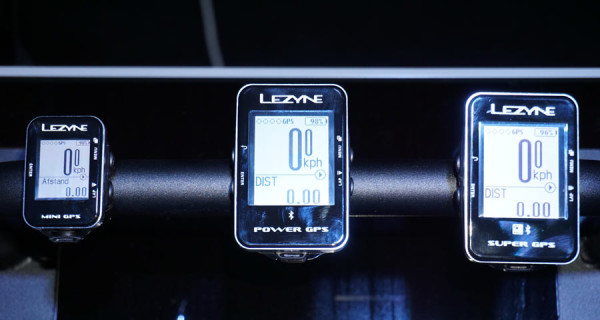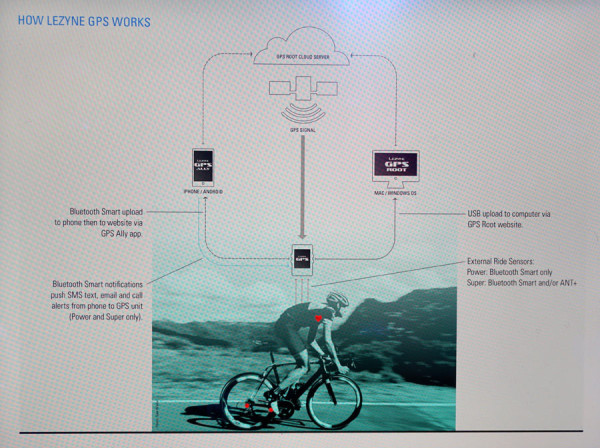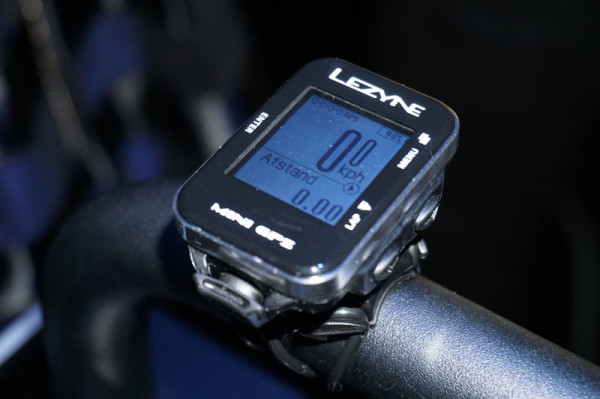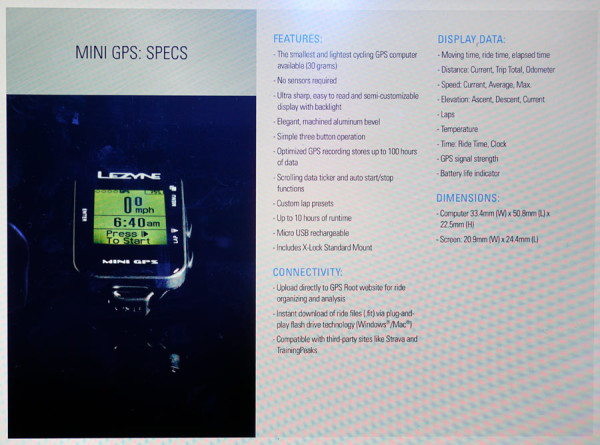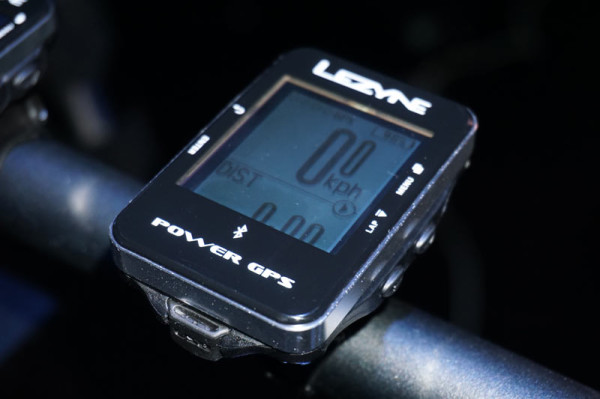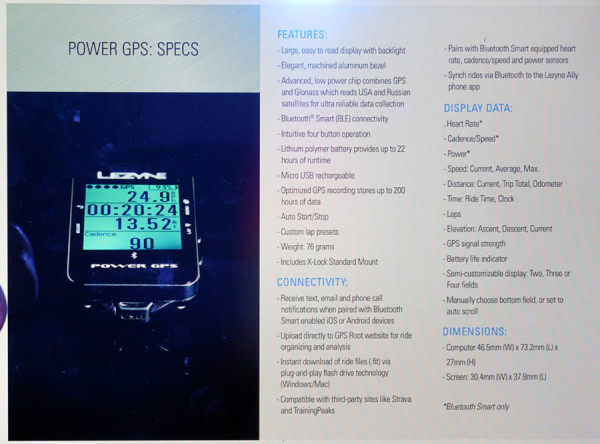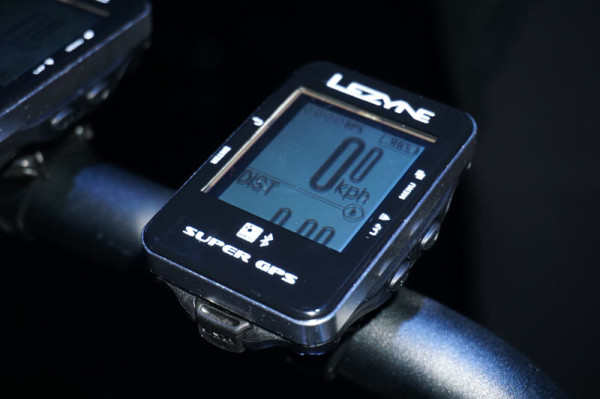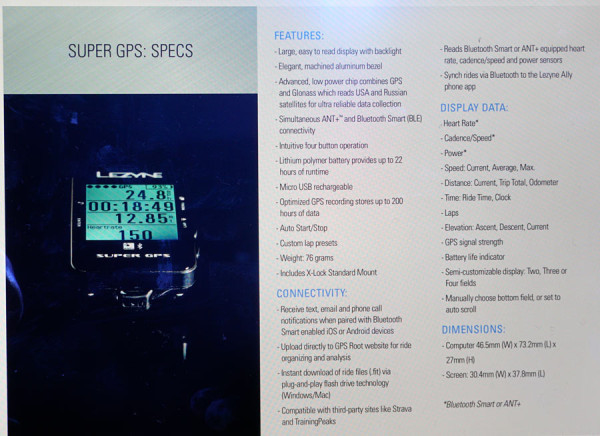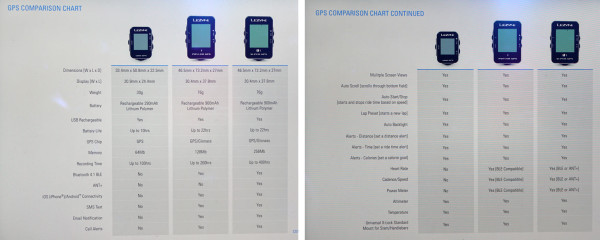Lezyne is finding its way into an all-new category with a trio of GPS enabled cycling computers, including the smallest such device ever, anywhere.
For a company that’s outwardly focused on non-electronic devices, the move to computers may seem a stretch. But, word on the street is their lights make up a rather significant portion of the company’s sales, and those LED lights led them into electronics, so this was a logical next step. As product manager Kyle Casteel explained, “We already had the engineers and the resources, and they were looking for a new challenge.”
What makes their entry into the category noteworthy isn’t necessarily the features, which are very good, but rather the price and the size, which are phenomenal…
The computers use a highly accurate GPS chip, which Casteel says really comes down to the programming and the hardware. So that’s what they spent a lot of their time and energy developing. In fact, this project has been in the works for about two years.
Ride data can be exported as .FIT files, which means you can upload ride files to any of your favorite services like Strava, Training Peaks, etc. They’re working on more direct integration, but for now the device plugs into your computer and reads just like any external USB drive, so each ride will show as a separate file that you can upload to anyplace you want and rename as desired. Or, it can be sent directly to their app on your phone for instant assessment, or uploaded to their cloud-based system for more detailed analysis, including power profiling.
Three models are on offer: The Mini, the Power and the Super, and the features ramp up as they go. Surprisingly, the prices don’t ramp nearly as much as you might expect. The Mini is just $140, the Power is $170, and the Super tops out at just $200!
The Mini is the smallest one, and it connects to nothing…meaning, there’s no Bluetooth or ANT+ receivers on board. The idea was to make something super small and amazingly easy to use. So, there are no speed or cadence sensors to strap to the bike, and it won’t capture power or heart rate or anything. But it will track your speed and location and show all the basic cycling computer metrics.
Another application for the Mini is downhill and enduro, where riders may want to see descent and speed data (after the run, of course), but don’t want a large, expensive computer on the bar.
The Power upgrades to a larger screen and adds Bluetooth Smart. It can read data from up to 8 channels, letting you add basically as many BT accessories as you’re likely to own. It’s using the latest BT 4.1 chipset.
The backlight on all models can be adjusted for brightness and turned on and off manually. At the dimmest setting, they say its impact on battery life is pretty small, so you could run it for the whole ride.
The Bluetooth capability lets you pair it with your smartphone and see text, email and call alerts on the screen. If you want. It also lets you wirelessly upload your ride data through their apps.
The Super adds ANT+, allowing for simultaneous data capture from BT and ANT+ devices like power meters, speed and cadence sensors, etc.
The screens on all three units show constant GPS signal strength and battery life at top of screen, the rest of the screen can be made to show two, three or four metrics. Speed, time and distance are fixed in the top positions, with the fourth line able to be toggled through other data or set to auto scroll through things like temperature, calories, odometer, clock, elevation, ascent/descent, average and max speeds, etc.
The computers are set up mainly as data capture devices, so initially the GPS is for tracking your ride, not telling you where to go. One of their engineers told us turn by turn directions or mapping could be added as a firmware upgrade later, but for now they just wanted to get something out there that anyone could use. Setup is super easy, there’s no need to input wheel diameter or bike info, just add your height and weight and get rolling.
The other differentiating factor for Lezyne’s computers are the design, of course. There’s the aesthetic, with the polished metal bezel and easy to feel buttons. But there’s more than good looks. It’s uses a push lock design, so it won’t come loose or get knocked off by your knee or anything. To remove, you need to push the computer down then twist. The rubber straps that hold the mount to your stem, bar or top tube, lock into the mount. So, when you remove the mount from your bike, the straps won’t get lost in your bag or under a car seat. An out-front mount will be available separately.
The USB charging port gets a redesigned cover that locks into place so you have tactile proof that it’s sealed. That makes them IPX7 weatherproof. The display works with polarized lenses, too.
Mini starts shipping at end of March, others start shipping in May or June. The iOS App goes live soon, Android app should be live by the time the Mini ships.
